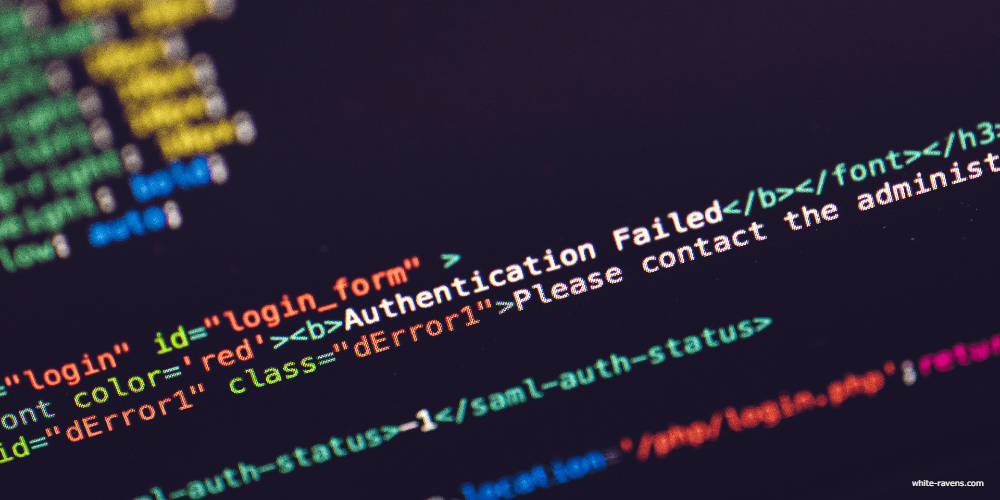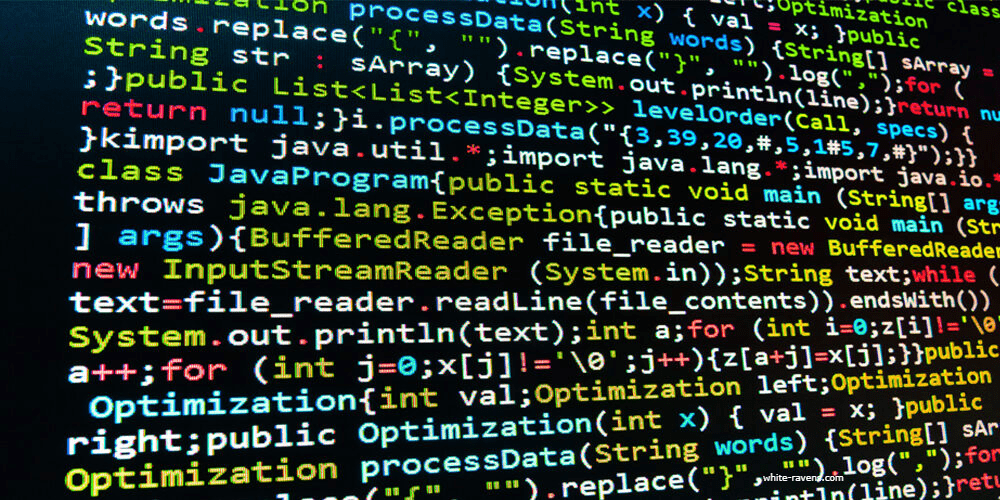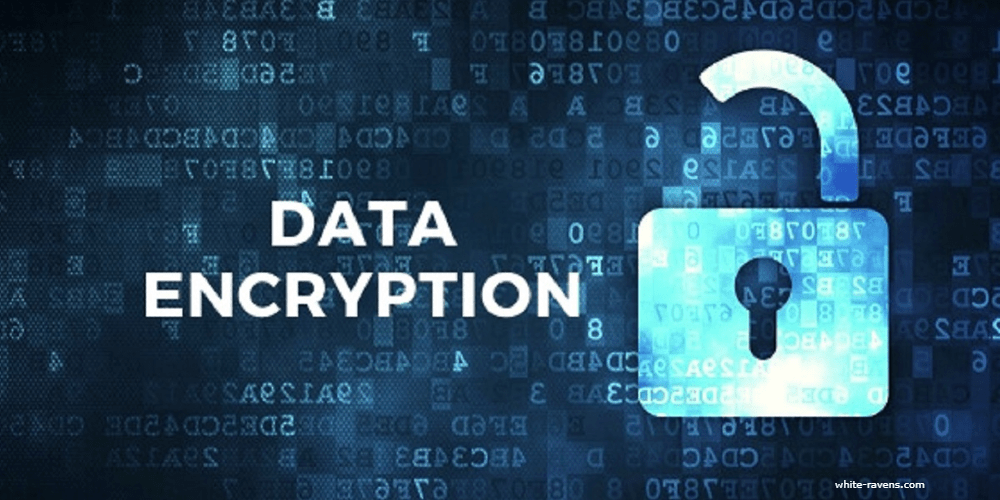
Digital security threats pose an ever-present danger in our highly digitized world. A single software vulnerability can open a gateway for cybercriminals, leading to potential data breaches and cyber-attacks. Based on a recent report by MITRE, here’s a rundown of the top 25 most dangerous software weaknesses that pose a substantial risk to cyber security.
Inadequately Controlled Operations on Memory Buffer Bounds (CWE-119)
Originating from mismanaged operations on memory buffers, this vulnerability presents itself as a threat when the software reads from or writes to a memory location outside of a buffer’s designated parameters.
Improper Neutralization of Input During Web Page Generation, also known as Cross-Site Scripting (CWE-79)
When a web application fails to properly sanitize user input, it can give hackers a chance to execute harmful scripts, thus compromising user data and manipulating web content.
Improper Input Validation (CWE-20)
This weakness refers to the improper validation of data that can lead to the execution of unintended code or commands, resulting in serious consequences.

Information Exposure (CWE-200)
If software systems reveal sensitive information to unauthorized actors due to insufficient control, it opens up avenues for many forms of attacks.
Use After Free (CWE-416)
This vulnerability arises when software uses a piece of dynamically allocated memory after it has been freed, leading to unpredictable application behavior.
Integer Overflow or Wraparound (CWE-190)
When an integer calculation produces a value outside the range that can be represented, unintended consequences can occur, leading to potential security risks.
Excessive Exposure of XML External Entity Reference (CWE-611)
This weakness occurs when software excessively exposes XML external entity references, often leading to unauthorized access to internal systems.

Missing Authentication for Critical Function (CWE-306)
If a software application fails to provide necessary authentication checks prior to accessing its sensitive functions, it can create opportunities for unauthorized access and manipulation.
Use of Hard-Coded Credentials (CWE-798)
Using hardcoded credentials in a software's source code enables attackers to bypass authentication steps, posing a significant security risk.
Improper Neutralization of Special Elements Used in an SQL Command (CWE-89)
Also known as SQL Injection, this vulnerability occurs when user-provided data isn't adequately validated, thereby allowing for the execution of harmful SQL statements.
Uncontrolled Read Beyond Buffer Bounds (CWE-125)
When software operations lead to data reading beyond the buffer's established limits in either direction, the system becomes vulnerable to crashes, data corruption, and possible execution of harmful code.

Dependence on Compromised or Hazardous Cryptographic Algorithms (CWE-327)
Applying encryption for data security is commonplace, but relying on hazardous or compromised cryptographic algorithms can lead to the exposure of sensitive data.
Unrestrained Pathname to a Limited Directory (CWE-22)
This weakness, colloquially known as "Path Traversal," occurs when user-controlled data is used by software to transgress a filesystem's accessibility, thus potentially altering or manipulating its contents.
Uncontrolled Resource Consumption (CWE-400)
When a program fails to properly handle the consumption of resources, it can lead to the exhaustion of server resources, causing a crash and possibly leaving the system vulnerable to further attacks.
Missing Encryption of Sensitive Data (CWE-311)
This critical weakness refers to the lack of encryption for sensitive data, which could lead to information exposure when this data is transmitted over an insecure network or stored.

Use of a Potentially Dangerous Function (CWE-676)
When software uses a function that can be dangerous if used incorrectly, it can expose the system to a wide range of vulnerabilities. Determining if usage is dangerous greatly depends on the specific circumstances.
Being aware of these weak points can help software developers write more secure code and conduct more effective testing to patch existing weaknesses. This comprehensive list shows the various areas in which vulnerabilities can exist and the importance of implementing safe development practices to mitigate the risk of security breaches.

Leave a comment
Your comment is awaiting moderation. We save your draft here
0 Comments